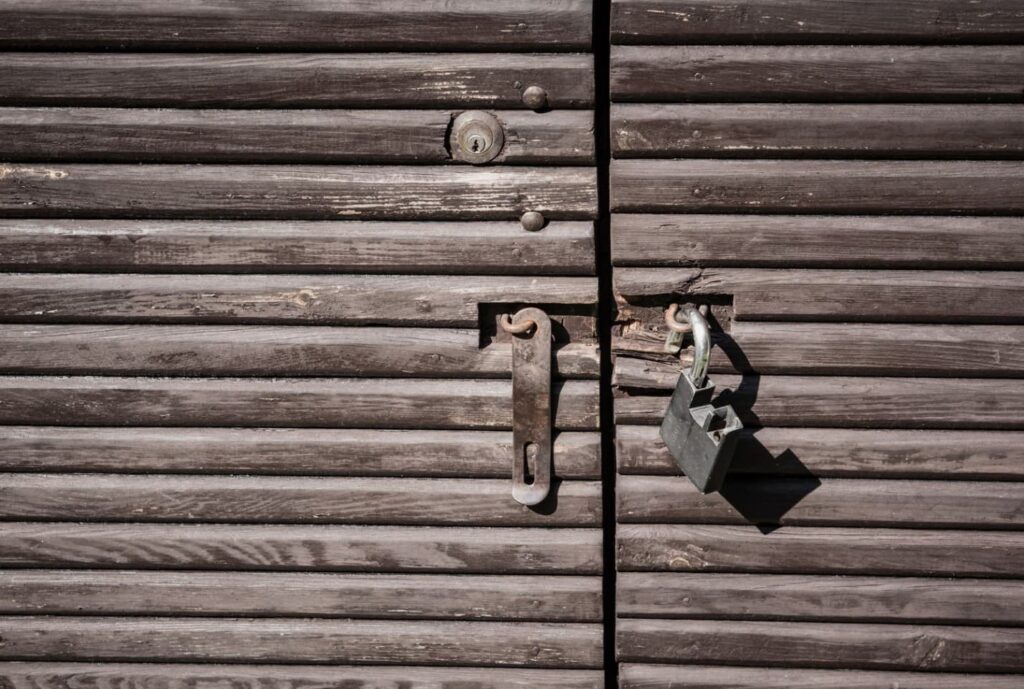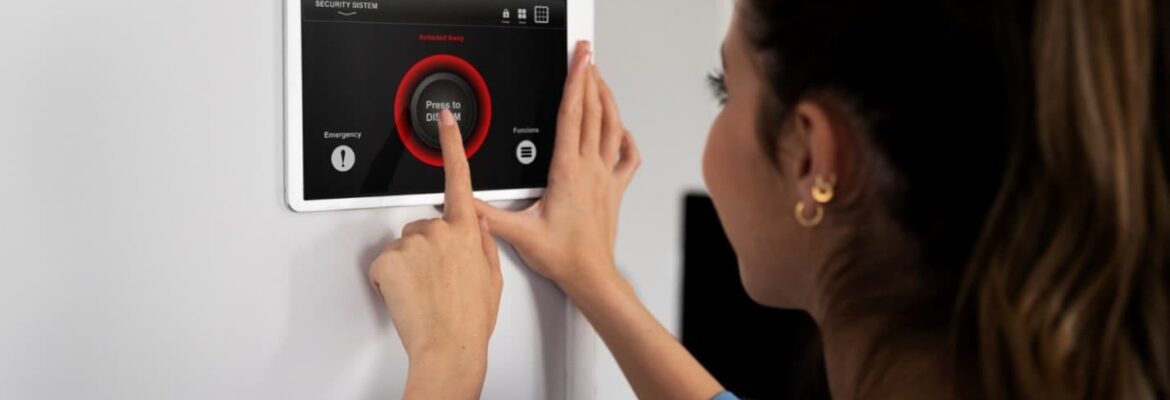Securing one’s home has been a fundamental concern for humanity throughout history. From rudimentary methods to the sophisticated technological solutions of today, the evolution of home security reflects advancements in technology and changing societal needs. Let’s delve into the home security journey, exploring the transition from traditional approaches to the high-tech solutions that define the modern era.
Traditional Safeguards: Locks, Guards, and Watchful Eyes
In ancient times, the concept of home security was basic yet effective. Thick wooden doors, sturdy locks, and vigilant neighbors were the primary safeguards. Communities relied on a collective sense of responsibility, with individuals taking turns to monitor their neighbors’ homes. The symbolism of a guard dog dates back centuries, signifying companionship and an added layer of protection. These traditional measures, though simple, laid the foundation for the evolving world of home security.
The Industrial Revolution and the Rise of Mechanical Locks
With the advent of the Industrial Revolution in the 19th century, they witnessed significant home security advancements. Mechanical locks, a far cry from their wooden predecessors, became common in households. These locks, often intricate and reliable, were a testament to the growing importance placed on individual property rights. As cities expanded and urbanization became more prevalent, the need for more secure locking mechanisms became apparent. The mechanical lock era shifted towards more standardized and widely accessible security solutions.
Enter the Electronic Age: Alarms and Surveillance
In the mid-20th century, they brought about a paradigm shift in home security by introducing electronic systems. Initially used in commercial settings, alarms found their way into homes, providing a proactive approach to security. The ability to monitor entry points and detect unauthorized access revolutionized how individuals safeguarded their homes. Closed-circuit television (CCTV) systems further enhanced surveillance capabilities, allowing homeowners to keep a watchful eye on their property remotely.
As the digital age dawned, these electronic security systems became more sophisticated. Smart alarms that could be controlled through mobile devices and cloud-based surveillance systems emerged, marking the transition from reactive to proactive home security measures.
The Integration of Smart Technology
In the 21st century, home security and smart technology convergence have redefined the landscape. Smart homes are equipped with interconnected devices that offer a holistic approach to safety. Automated door locks, motion-sensing cameras, and intelligent lighting systems can be controlled remotely, giving homeowners unprecedented control and awareness. Moreover, the integration of artificial intelligence has enabled these systems to learn and adapt, enhancing their effectiveness over time. Explore the latest trends in smart home security on site https://gamblechief.com/.
Balancing Convenience and Security
In the era of intelligent technology integration, the delicate equilibrium between convenience and security has become a pivotal consideration. Biometric authentication, such as fingerprint and facial recognition, has heightened security measures and ushered in a new era of user-friendly access control. These methods provide a seamless and efficient way for homeowners to access their properties while ensuring high security.
Moreover, the advent of IoT (Internet of Things) has propelled home security into a realm of interconnected devices that communicate and collaborate. From smart doorbells that allow for remote interaction to intelligent thermostats that can adjust based on occupancy patterns, the synergy of these devices enriches the homeowner’s experience. This interconnectedness enhances security and contributes to overall energy efficiency and home management.
As technology progresses, artificial intelligence (AI) integration has emerged as a game-changer in the quest for balance. AI-driven security systems can learn and adapt, distinguishing between routine activities and potential threats. This adaptability reduces false alarms, a common concern with traditional security systems, and ensures that security measures align with the homeowner’s lifestyle.
However, the convenience offered by these advanced systems comes with an inherent challenge—cybersecurity. With an increasing number of devices connected to the internet, the vulnerability to cyber threats rises proportionally. Ensuring robust cybersecurity protocols for smart home devices is imperative. Regular software updates, strong encryption methods, and secure network configurations are crucial aspects that homeowners must prioritize to fortify their digital defenses.
Despite these challenges, the demand for seamless integration of convenience and security persists. Home security systems now aim to be effective and user-friendly, catering to a diverse range of preferences and lifestyles. The continuous innovation in this field promises to address these challenges, presenting homeowners with sophisticated yet accessible solutions that strike a harmonious balance between convenience and security.
Looking Ahead: Bonus Features and Personalized Security
In the quest for the ultimate home security solution, the focus is shifting toward bonus features that enhance the overall experience. Homeowners can customize their security systems based on personal preferences and specific needs. Some security systems even offer bonus-buy features, allowing users to tailor their protection plan according to their unique requirements. Explore personalized security solutions on site https://grafortuna.com.ua/online-casinos/safe/.

Conclusion: A Dynamic Future for Home Security
The evolution of home security reflects the dynamic nature of technology and society. The journey has been transformative, from the simplicity of locks and vigilant neighbors to the intricacies of smart homes and personalized security. As we embrace the convenience of high-tech solutions, we must remain vigilant and stay ahead of potential threats. The future promises even more innovation, ensuring our homes remain safe havens in an ever-changing world.

